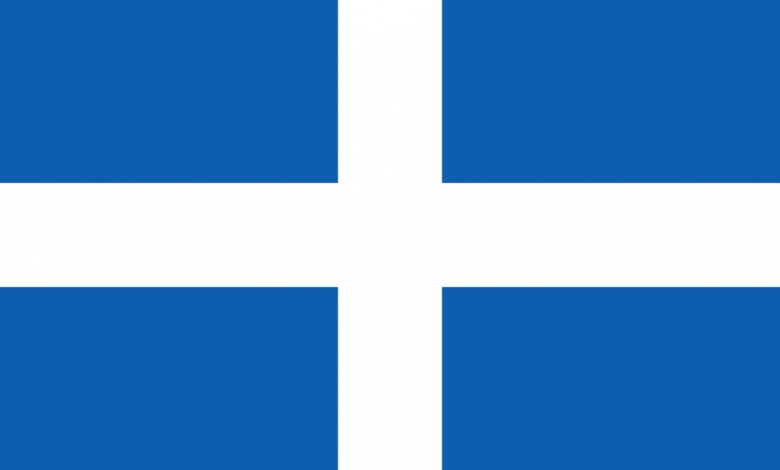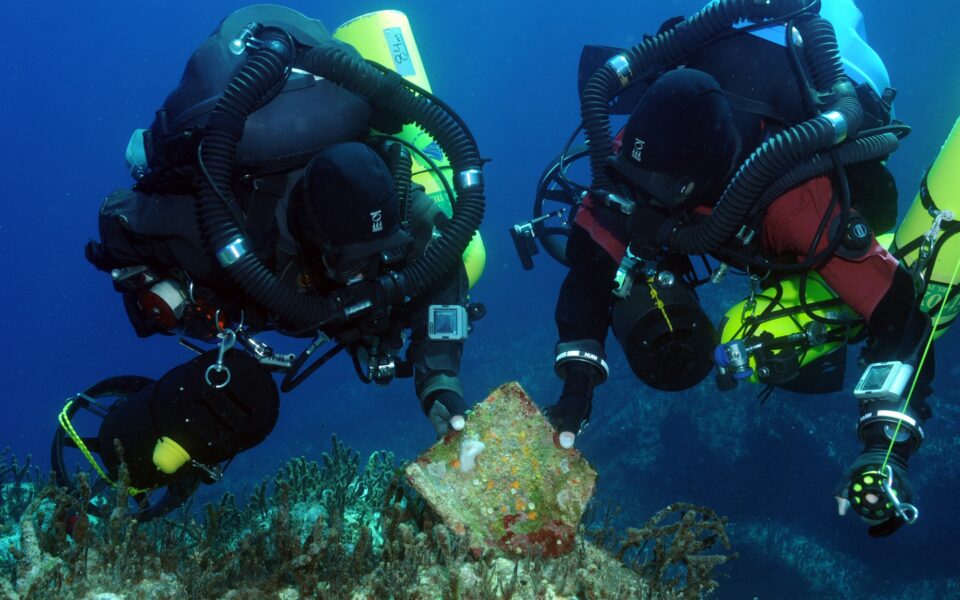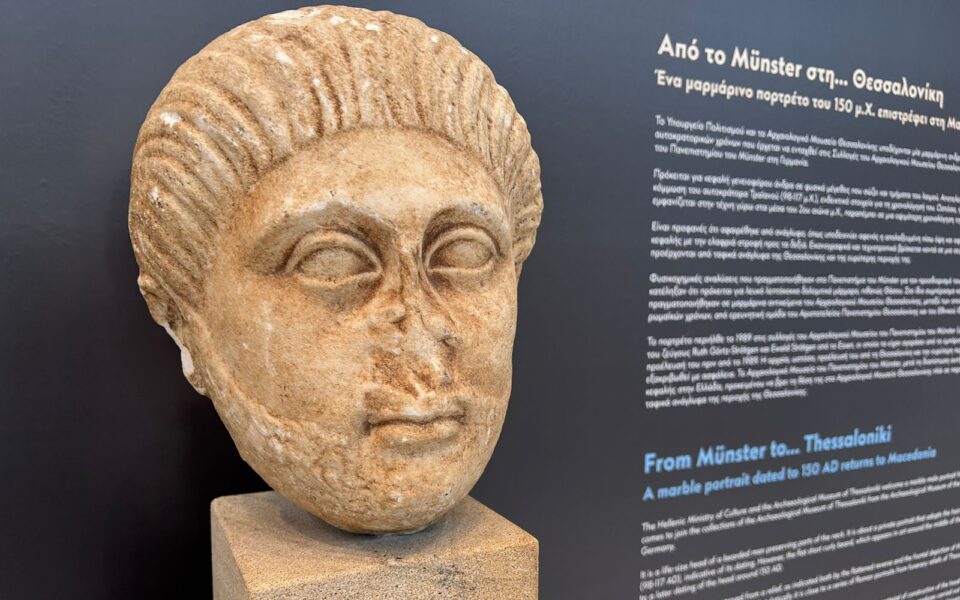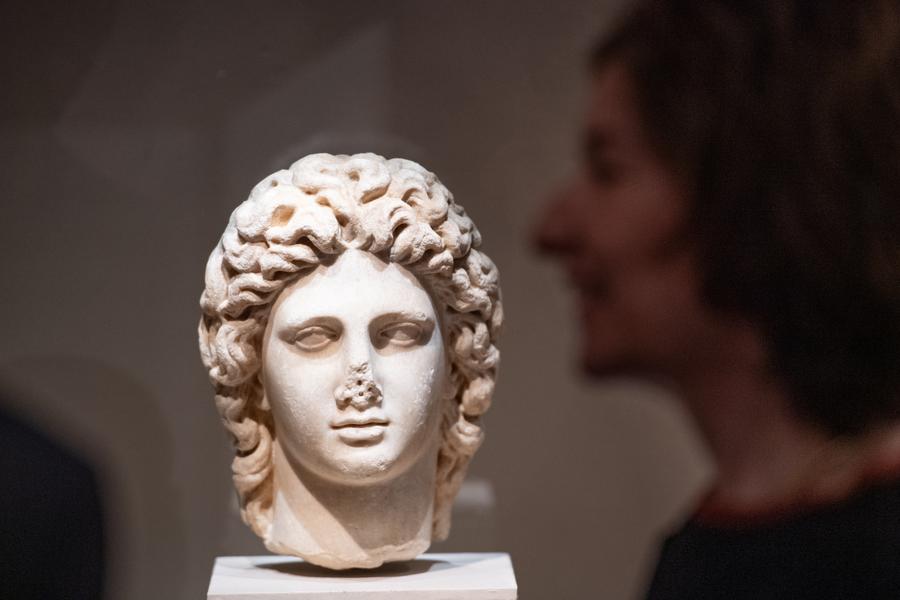The establishment of the “blue and white” Flag of Greece 200 years ago, by the First National Assembly of Epidaurus


On December 20, 1821, at the end of the year that marked the uprising and the independence of the Greeks, the First National Assembly or the First National Assembly of Epidaurus began in the current area of New Epidaurus, Argolida. The work of the National Assembly that paved the way for the institutional formation of the Greek state, was completed on January 15, 1822. During this, the type and colors – blue and white – of the first Greek flag were established. Specifically, the calendar noted January 13, 1922 when the blue and white was established as an official symbol of the revolutionary race of the Greeks.
On March 15 of the same year, the Executive Body (Government), which had taken over the provisional administration of Greece, defined by Decree 540 three types of flags: one for the land and two for the sea, one for the navy and one for the merchant navy. The flag of the land was square, blue and had a white cross that covered its entire surface. The flags of the sea had the same shape as the current national flag. The only difference in the merchant navy flag was the reversal of the colors (blue instead of white) in place of the cross. The flag of merchant ships was equated with that of warships in 1828, when it was recognized that merchant ships had taken part in the fight as warships.
The national flag of Greece has been modified several times since then, mainly as a result of the state changes, but without being radically changed. In 1833 the Bavarian coat of arms was added to the flags of the army and navy, which was maintained until the overthrow of Otto in October 1862. With the arrival of George I in 1863, the crown of the above corps was included, which remained until the change of government in 1924. From 1864 the flag for the Infantry Battalions consisted of a silk cloth with gold fringes around it and in the center of the white cross the image of it’s patron, St. George.
The war flags in force today are for the navy the national flag, and for the land army and air force the type of rectangular blue with the white cross extending to its sides, dividing it into four equal parts. In the center of the cross, the flag of the land army bears the image of Saint George, and the flag of the air force the image of the Archangel Michael.




